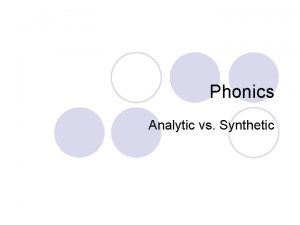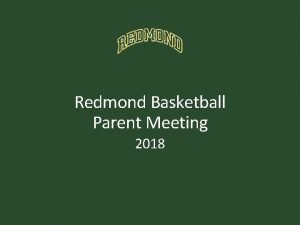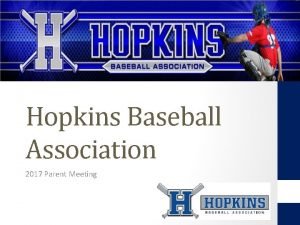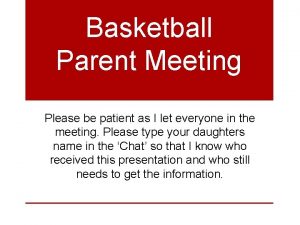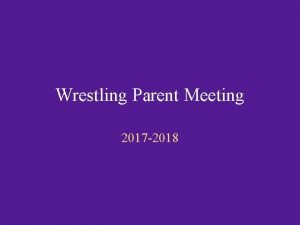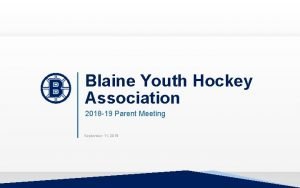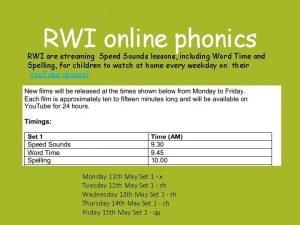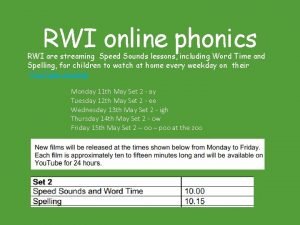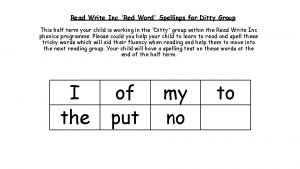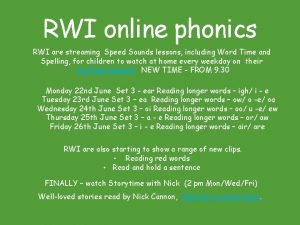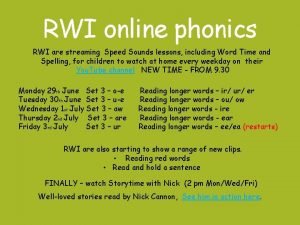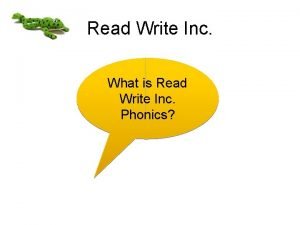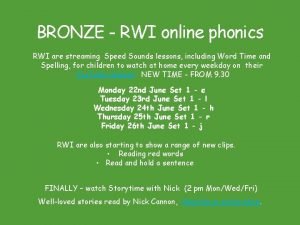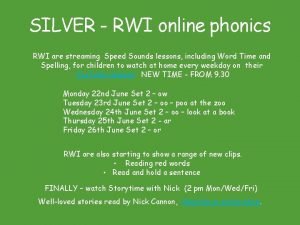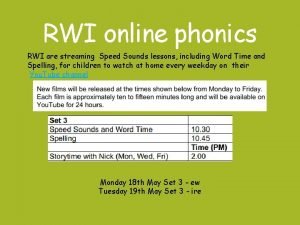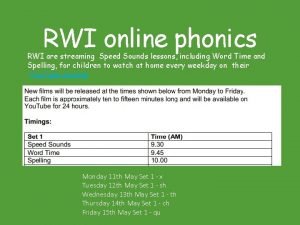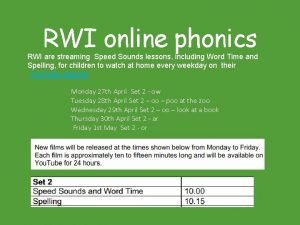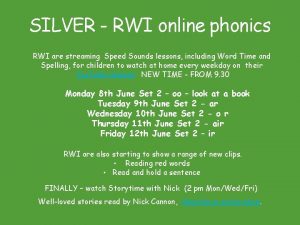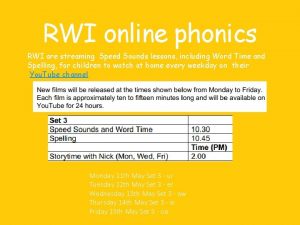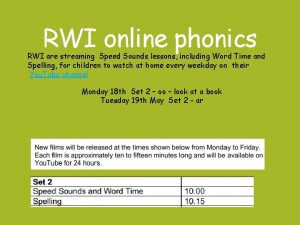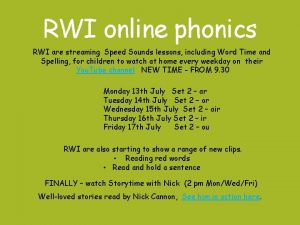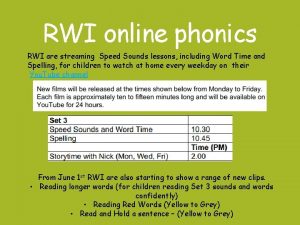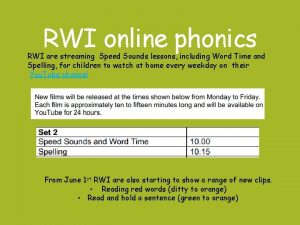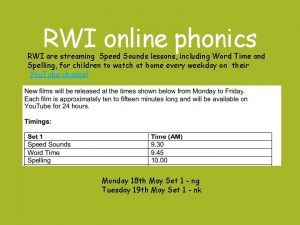RWI Phonics Parent Meeting Why Phonics A complete



















- Slides: 19

RWI Phonics Parent Meeting

Why Phonics? A complete literacy programme - systematic and structured. Meets the demands of the new national curriculum, giving your children the best chance of success One-to-one tutoring - no child is left behind. Storybooks align with the sounds learnt in class.

Who is Phonics for? Phonics is a rigorous approach to teaching early reading and writing from Reception to year 2. It is taught daily in small groups.

A bit of technical knowledge… Phonics = the sounds in our language. Phoneme = phonemes are the small units of sounds words are made up of. Grapheme = A grapheme is a letter, or number of letters that represent a sound (phoneme). 2 letters that make a sound are called a digraph e. g. ai 3 letters that mare a sound are called a trigraph e. g. igh We call these special friends The sound pronunciation guide can be found on: https: //www. ruthmiskin. com/en/find-out-more/parents/


How does it work? Children: Learn 44 sounds and matching letters. Learn to blend sounds to read words. Read lots of specially written books. This is decoding.

How does it work? Children: Talk a lot about what they have read to show they understand. Listen to and discuss other ideas to deepen understanding. This is comprehending.

The English language is a complex code… It would be easy if we only had to learn Set 1 and Set 2 sounds. ay igh play eight cake straight right pie kite fly Set 3 sounds


How do phonics help us read? Say “hello” to Fred can only talk in sounds. . . He says “c_a_t. ” Not cat. We call this Fred Talk. Watch Ruth Miskin explains Fred Talk.

Who supports our school? Ruth Miskin Training provide whole-school training in the Phonics programme. The trainer continues to support us on in-school Development Days.

Children who read at home do well at school • Read fluently • Write confidently • Speak articulately

How to help your child at home…

Take home books Black and white story books will be sent home and changed on a Monday and a Thursday, following the 3 day RWI cycle. Children will be able to read these aloud to a grown-up independently as they will have read these three times in school before taking them home. In addition to this, each child will be given a colour book bag story book to read that week, which will be changed each Monday Children are also welcome to choose a story book from our class libraries to read for pleasure. These books link to the exact level the children are reading at and allow the children to read and re-read the sounds they already know. There should be no sounds or words in the book your child is unable to read, enabling children to be successful readers. Reading at home should be a celebration of reading and a chance for the children to teach you using the activities in the books!

You can read stories with your child Read favourite stories over and over again. Read some stories at a higher level than they can read themselves. Listen to them reading their home reading books.

And. . . Asking lots of questions! Use these prompts to help you: What do you think happens next? What is that character thinking? What is happening? What is the character saying? What do you think that character is feeling now?

And. . . By talking to your child as much as possible and ‘feeding’ them new and different words: “Let’s eat our lunch now. ” “Let’s munch our lunch now. ” “Let’s scoff our lunch now. ” “Let’s devour lunch now!”

You can practice pronouncing sounds. Remember no ‘fuh’ and ‘luh’! Phonics sound cards can be purchased from school to be used at home These are £ 5 per pack There are 2 packs

You can have fun with Fred Talk. Make a your own Fred with your child. Use Fred talk regularly. “What a tidy r-oo-m!” “Where’s your c-oa-t? ” “Time for b-e-d!”
 Learn composition of various synthetic bases
Learn composition of various synthetic bases Andreas carlsson bye bye bye
Andreas carlsson bye bye bye Bob gecewich
Bob gecewich Basketball parent meeting powerpoint
Basketball parent meeting powerpoint Baseball parent meeting agenda
Baseball parent meeting agenda Baseball parent meeting agenda
Baseball parent meeting agenda Basketball parent meeting letter
Basketball parent meeting letter Wrestling parent meeting agenda
Wrestling parent meeting agenda Cheerleading parent meeting agenda
Cheerleading parent meeting agenda Prior lake wrestling schedule
Prior lake wrestling schedule Blaine youth hockey
Blaine youth hockey Volleyball parent meeting agenda
Volleyball parent meeting agenda Football parent meeting agenda
Football parent meeting agenda Rwi are
Rwi are A-e rwi
A-e rwi Playday rwi
Playday rwi Rwi red words
Rwi red words Rwi are
Rwi are Flawm
Flawm Read write inc signals
Read write inc signals
